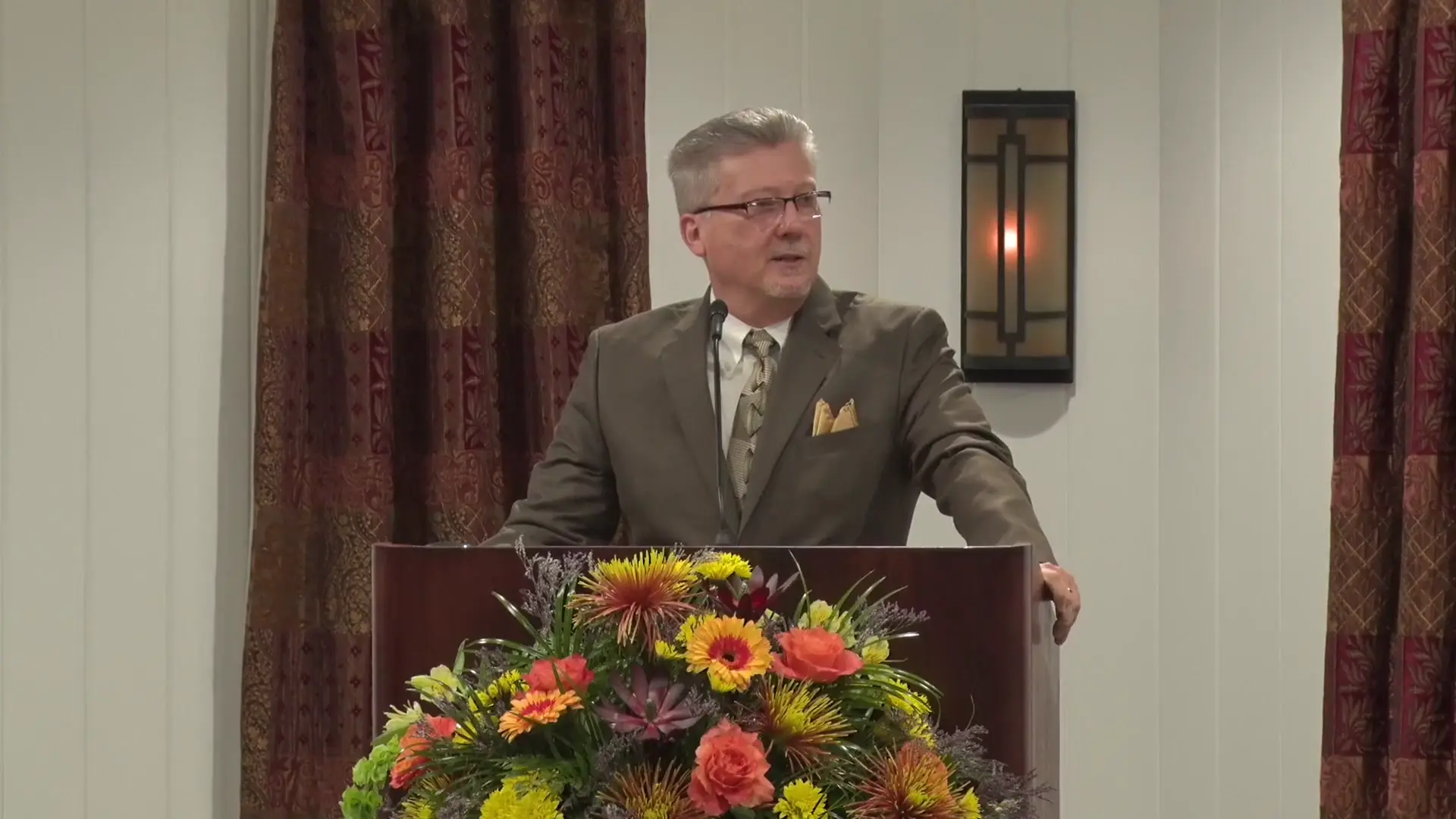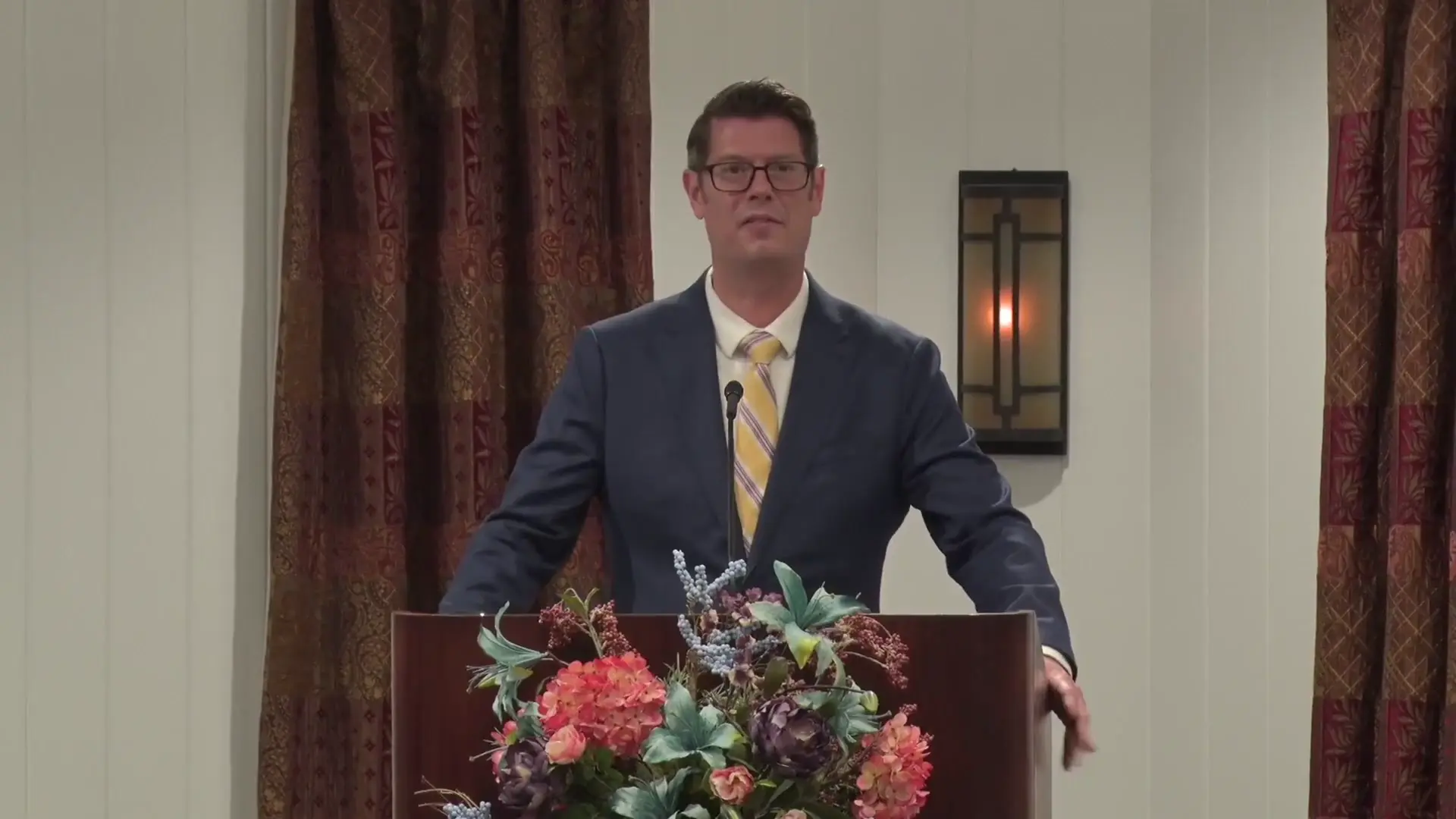Filter by Categories
The Burden of Sin
Sermon by Charles WhitakerThe Scriptures prove that Christ alone bears our sins and takes them from us; we have no power to cast our burdens upon Christ, nor dump sins on the cross.
Principled Living (Part Two): Conquering Sin
Sermon by Richard T. RitenbaughChrist warns that we must do everything possible to annihilate sin - surgically going right to the heart or mind: the level of thought and imagination.
Why Two Goats on Atonement? (Part Two)
CGG Weekly by David C. GrabbeIn the Day of Atonement ritual, the first goat's blood cleansed the altar of sin while the azazel goat took them away. Christ fulfilled both roles.
The Two Goats of Leviticus 16
Sermonette by David C. GrabbeThe first goat is a blood sacrifice to cleanse the altar. The second goat—the 'azazel' or 'complete removal'—is led away and freed (not bound by a chain).
The Peculiarities of Atonement
CGG Weekly by Richard T. RitenbaughFasting teaches us to realize just how dependent we are on God. Every day, every hour, every minute, He supplies us with everything we need for life.
Is Barabbas the Fulfillment of the Scapegoat?
CGG Weekly by David C. GrabbeBecause of Matthew's inclusion of a number of Day of Atonement-related symbols, one theory holds that Barabbas was a type of the scapegoat (azazel).
The Unity of Atonement
Sermonette by Austin Del CastilloWe fast to learn humility, sacrifice, and empathy towards our Savior, who had His blood shed and who bore our sins, being forsaken for our sakes.
Who Fulfills the Azazel Goat— Satan or Christ? (Part Five)
'Ready Answer' by David C. GrabbeWhile the church of God has long taught that the azazel goat of Leviticus 16 represents Satan, this traditional view has no biblical support.
Understanding the Azazel Goat
Sermonette by David C. GrabbeThe goat for azazel (complete removal) bore the sins of the nation out of sight. Jesus Christ likewise had our iniquities laid on Him, and He bore them.

Who Fulfills the Azazel Goat—Satan or Christ? (Part Two)
'Ready Answer' by David C. GrabbeOn the Day of Atonement, the live goat bears the sins of the nation. Many think this represents Satan as the source of sin, yet Scripture reveals the truth.
Why Two Goats on Atonement? (Part One)
CGG Weekly by David C. GrabbeIn Israel, sins were symbolically placed on the altar throughout the year. On Yom Kippur, one goat's blood cleansed the altar; the second took away the sins.

Azazel: Beginnings
Sermon by David C. GrabbeWhile there is a handful of common starting places for understanding the azazel, none of them has multiple witnesses of Scripture. We must begin elsewhere.
Atonement: Physical and Spiritual Cleansing
Sermonette by Ryan McClurePhysical fasting provides insights to a parallel spiritual process of cleansing and removal of sin. Our High Priest commands us to let go to lighten our burden.
Atonement Goats and Passover Lambs
Sermonette by David C. GrabbeThe Day of Atonement is not about Satan, but about the complete cleansing from sins through Christ. The Passover is not a sin offering, but a peace offering.

Jesus in the Feasts (Part Four): Atonement
Sermon by Richard T. RitenbaughIsaiah 53 and passages from the New Testament substantiate Christ's dual role in shedding His blood and bearing away sins, thereby reconciling humanity to God.
Who Fulfills the Azazel Goat— Satan or Christ? (Part Four)
'Ready Answer' by David C. GrabbeThe Day of Atonement is not fulfilled with the binding of Satan. Rather, there are numerous prophecies of God atoning for the sins of physical Israel.

Deuteronomy, Land Sabbaths, Atonement, and Third Tithe
Sermon by Ryan McClureWhat has come to light regarding reading Deuteronomy, the year of release, the Day of Atonement, the third tithe year, and Passover.

A Hidden Mystery in God!
Sermon by Martin G. CollinsBefore anyone can have fellowship before God, the obstacle of sin must be eliminated, which is a permanent barrier between us and God.
Truly Unleavened
Sermon by Richard T. RitenbaughGod has imputed righteousness to us as His Children because we are in Christ. Our state before God is unleavened provided we maintain this relationship.